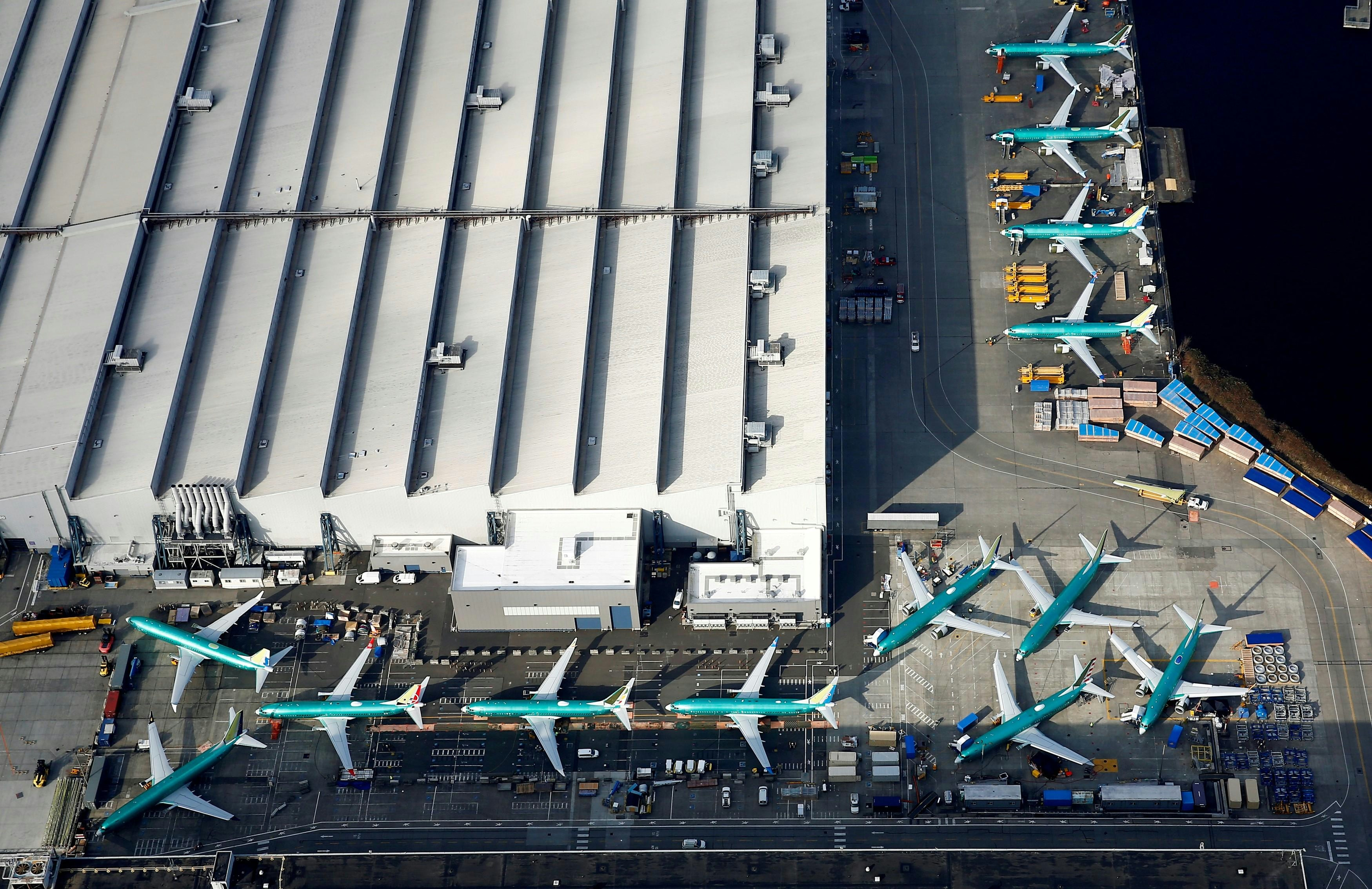
AeroGenie — Votre copilote intelligent.
Tendances
Categories
IS&S Rebrands as Innovative Aerosystems to Focus on Aviation Technology

IS&S Rebrands as Innovative Aerosystems, Emphasizing Aviation Technology
EXTON, Pa. — Innovative Solutions & Support (NASDAQ: ISSC) has officially rebranded as Innovative Aerosystems, marking a strategic realignment of its brand identity and a sharpened focus on advanced aviation technology. The U.S.-based avionics company, recognized for its engineering and manufacturing solutions across commercial, business, and military aviation sectors, announced the change on Tuesday. The move underscores the firm’s commitment to integrating intelligent system designs with next-generation avionics.
Shahram Askarpour, President and CEO of Innovative Aerosystems, stated, “Innovation has always been the driving force behind everything we do. Our new name reflects the company’s expanded vision and future direction.” Despite the rebranding, the company assured customers that its core values and dedication to service remain intact, with existing product lines and support services continuing without interruption.
Financial Performance and Market Challenges
The rebranding coincides with a period of strong financial performance. Innovative Aerosystems reported a current ratio of 3.53 and nearly 73% revenue growth over the past year. Analysts at InvestingPro have rated the company’s financial health as “Good,” identifying 12 additional bullish indicators for the stock. However, the company’s Q3 2025 earnings report revealed a 105% year-over-year revenue increase, primarily driven by robust product sales, while earnings per share (EPS) remained flat relative to forecasts. This discrepancy, alongside concerns over shrinking gross margins and potential future revenue declines, has contributed to a sharp decline in the company’s stock price and raised investor concerns regarding long-term sustainability.
As Innovative Aerosystems embarks on this new phase, it confronts several challenges inherent to the competitive aviation technology market. The sector demands continuous innovation and adaptation amid industry-wide pressures related to growth and sustainability. Maintaining market relevance amid rapid technological advancements will be essential. Additionally, some stakeholders have expressed skepticism about whether the rebranding might affect existing client relationships or alter service offerings. Competitors are likely to respond by intensifying efforts to differentiate their services, leveraging established market positions, and accelerating the adoption of emerging technologies to counter Innovative Aerosystems’ renewed focus.
The company’s updated corporate website, now accessible at www.iascorp.com, reflects its refreshed branding. Innovative Aerosystems continues to serve both airframe manufacturers and aftermarket clients across fixed-wing and rotorcraft platforms, maintaining legacy product lines while advancing new navigation systems, flight deck displays, air data instrumentation, and other aviation technologies.
These developments illustrate both the opportunities and challenges facing Innovative Aerosystems as it seeks to strengthen its position in a rapidly evolving industry. For a comprehensive analysis of the company’s valuation and growth prospects, investors are directed to the full Pro Research Report available on InvestingPro, which provides expert insights and actionable intelligence on over 1,400 U.S. stocks.

Geneva Airport Enhances Passenger Experience Through Digital Innovation
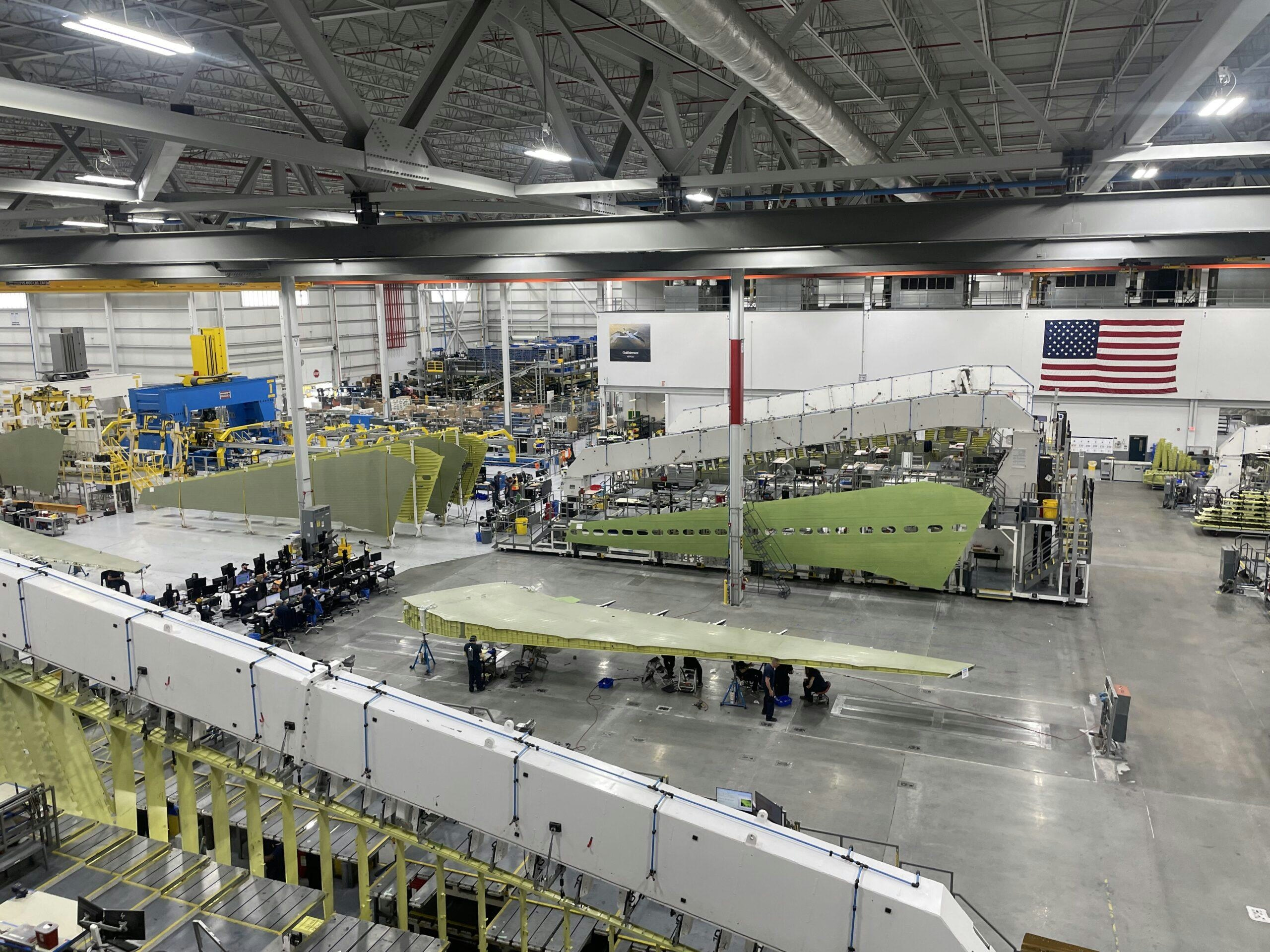
Gulfstream and Dassault Open New Maintenance Centers in Texas and Florida
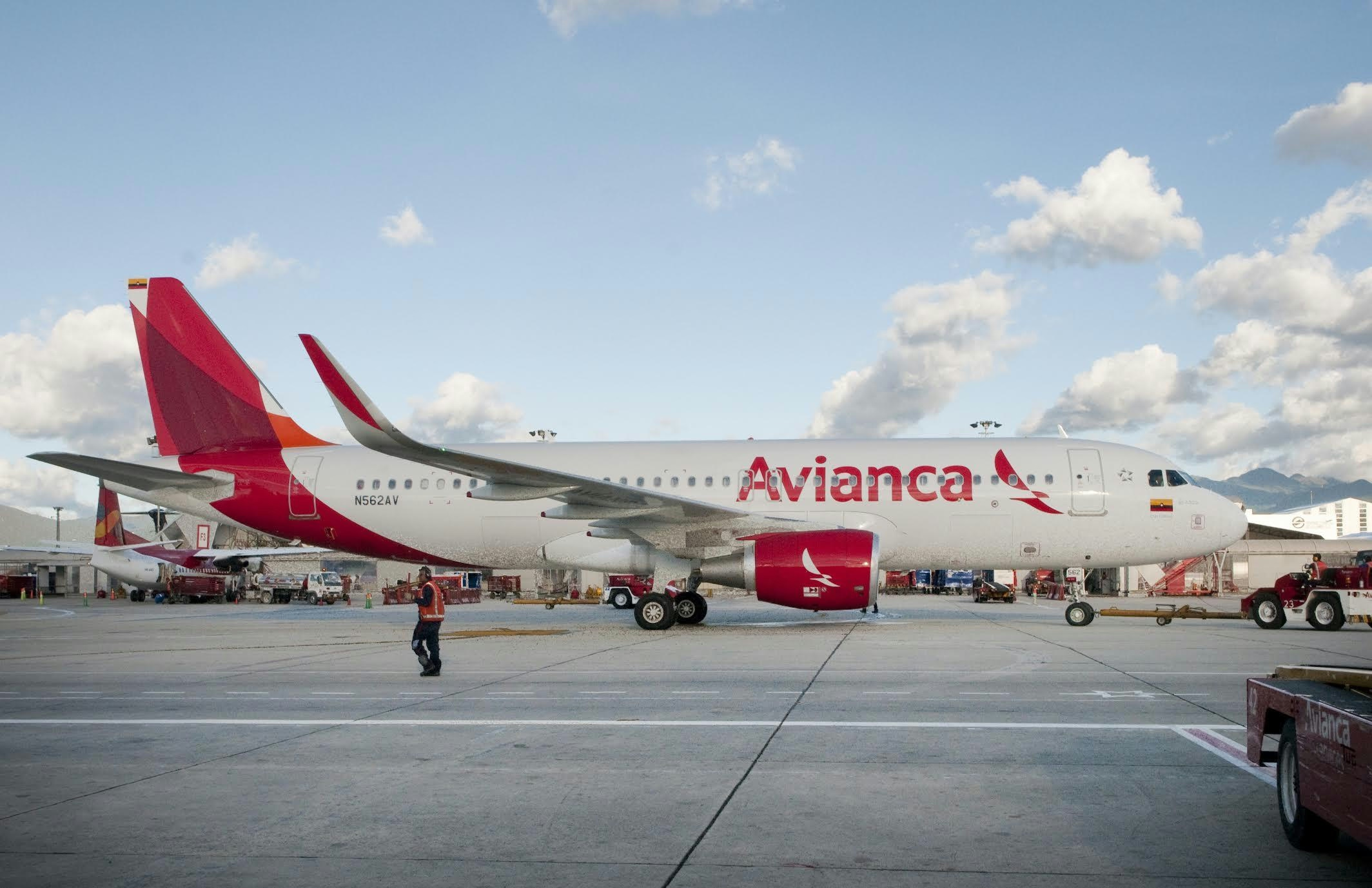
Abra Group Orders 57 Airbus Jets and Launches ACMI Airline in Chile
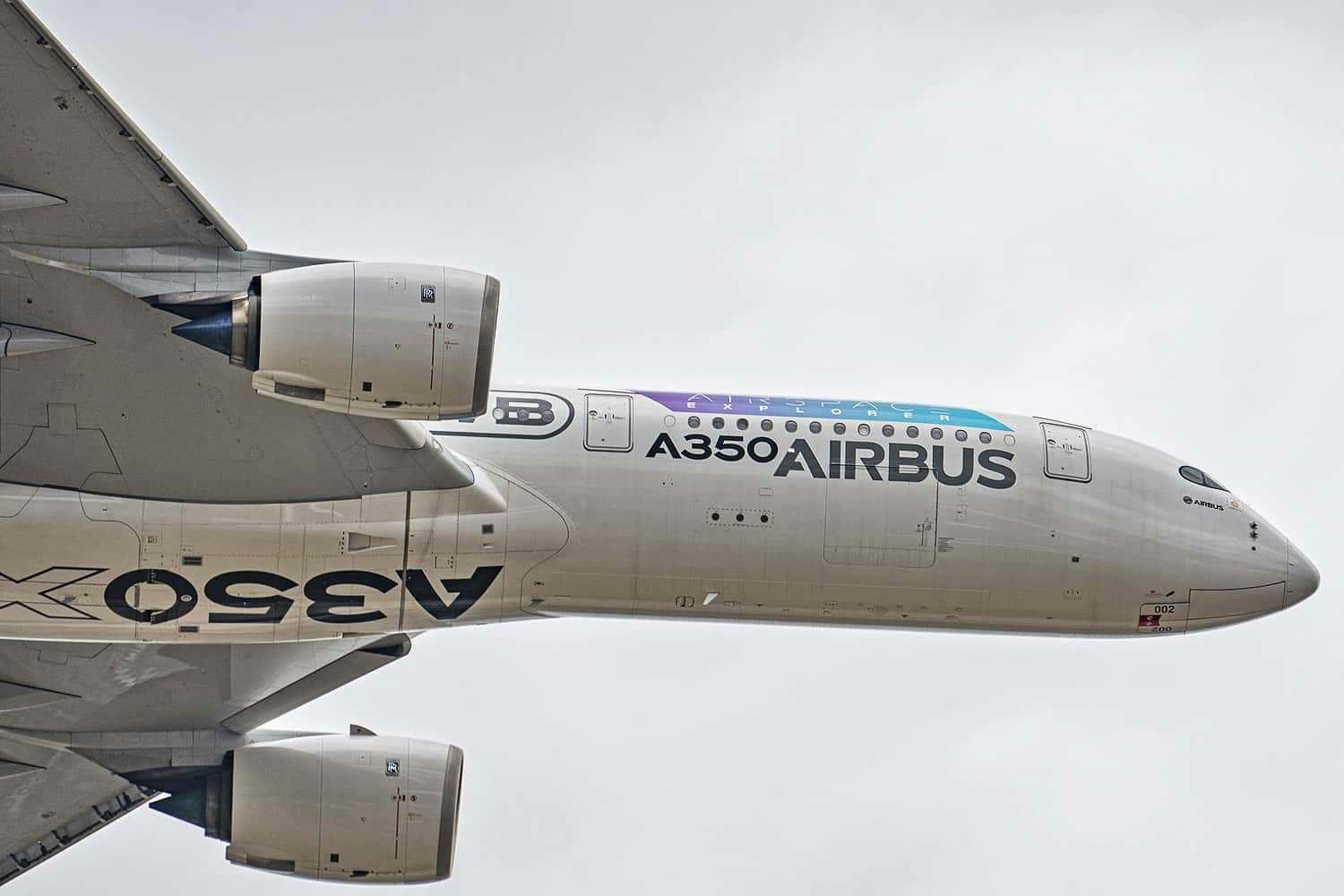
Abra Group Orders More Airbus A320neo and A350-900 Aircraft

Continental’s Rise to Global Prominence
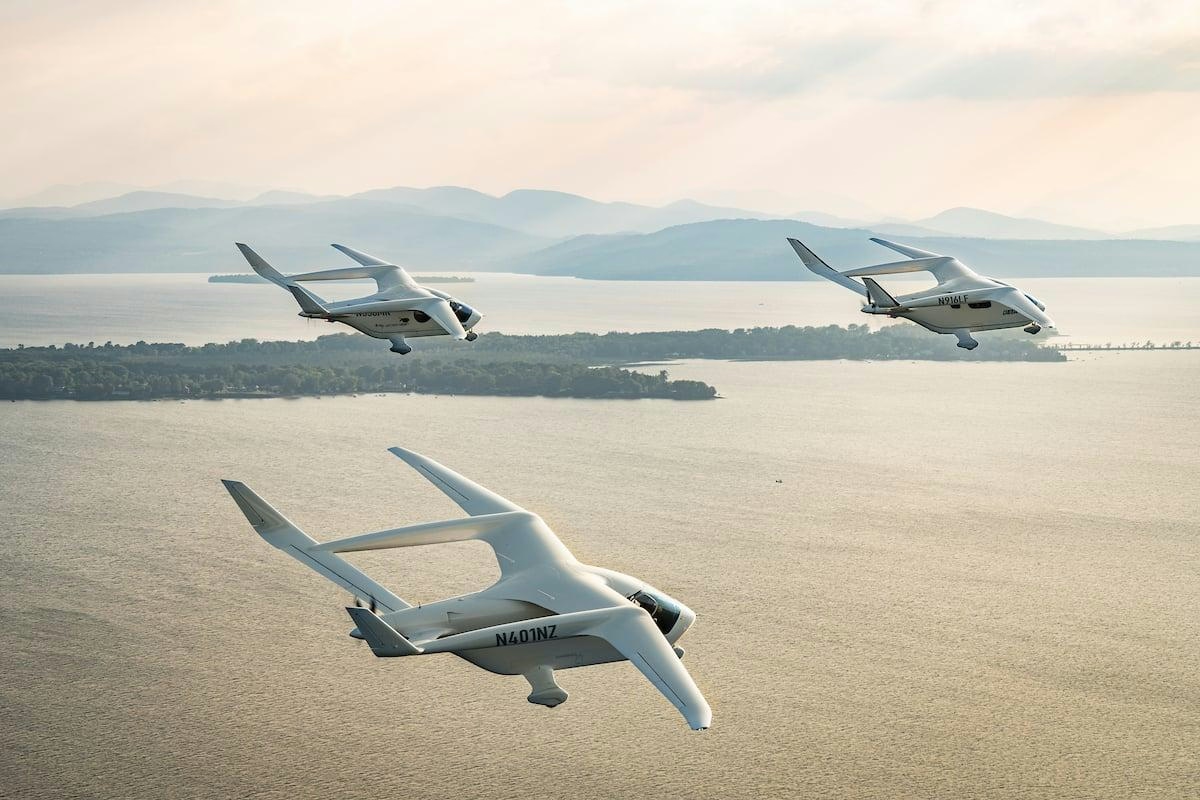
Beta Technologies IPO May Value Electric Air Taxi Maker at $7.2 Billion
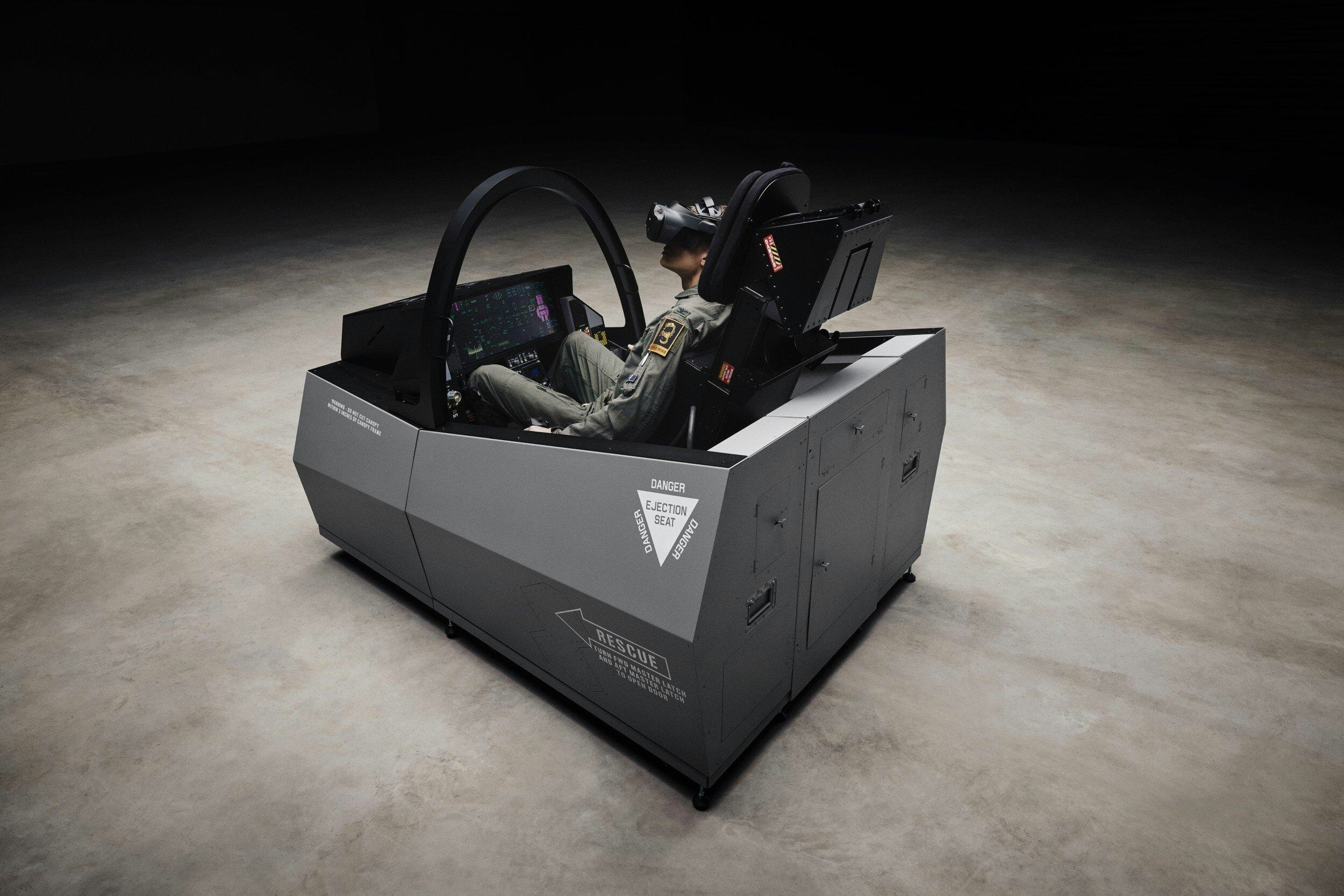
€44 Million Investment Advances XR Defense Technology
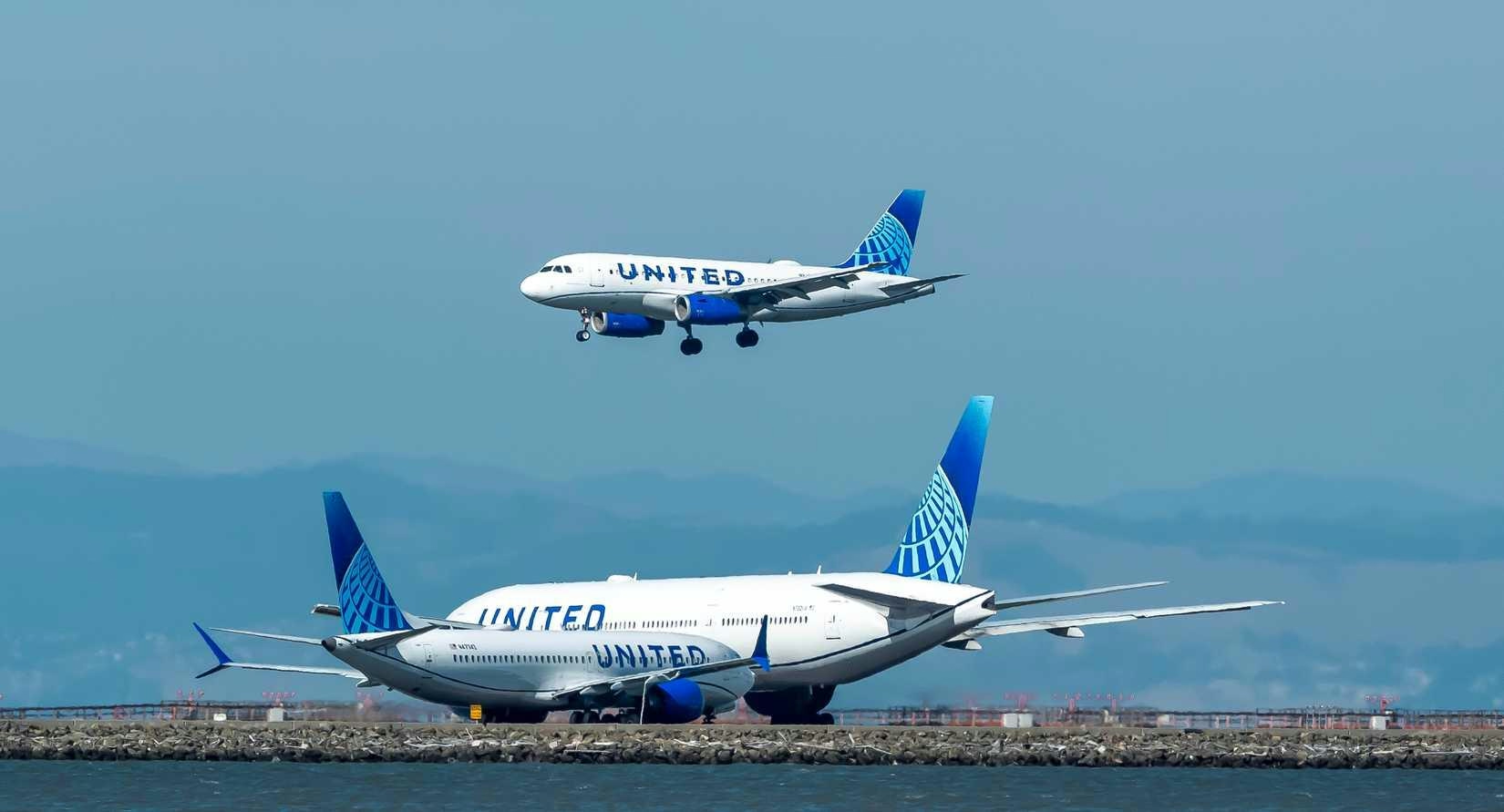
Boeing Increases Q3 Commercial Aircraft Deliveries but Remains Behind Airbus
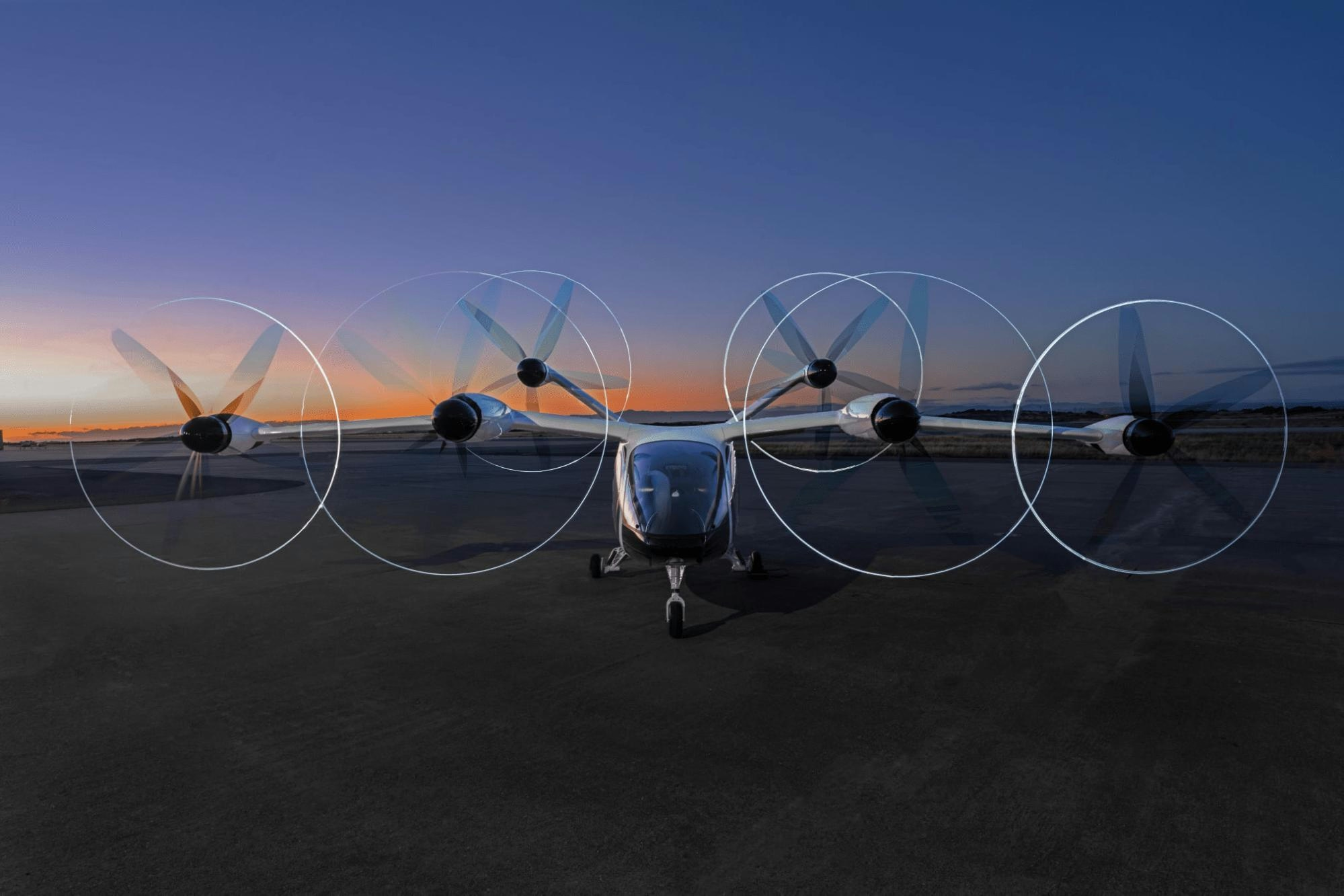
The Middle East's Potential Role in Launching Joby Aviation's Flying Taxis
